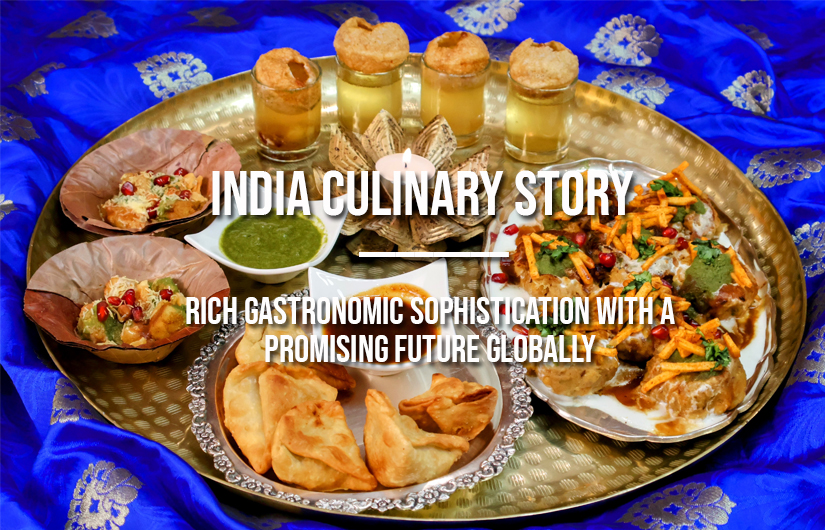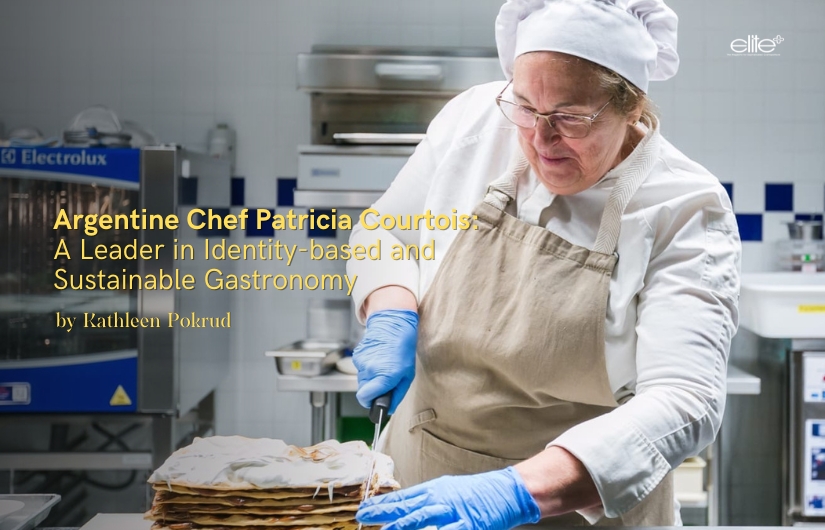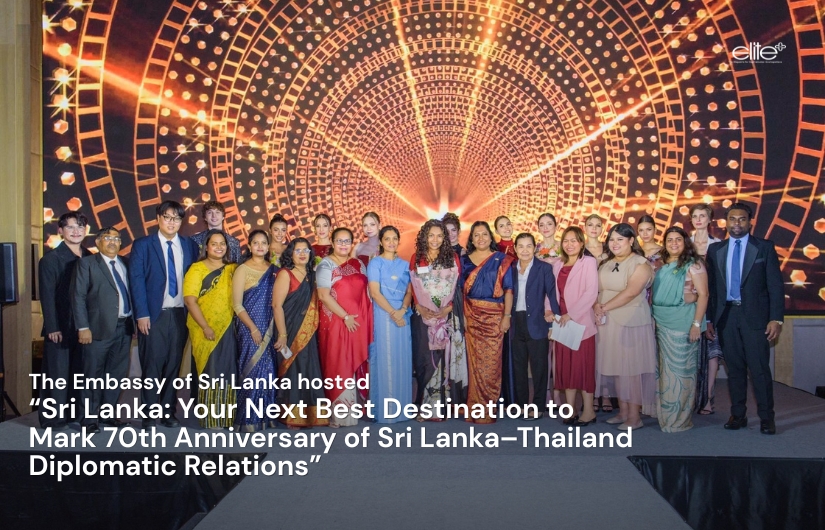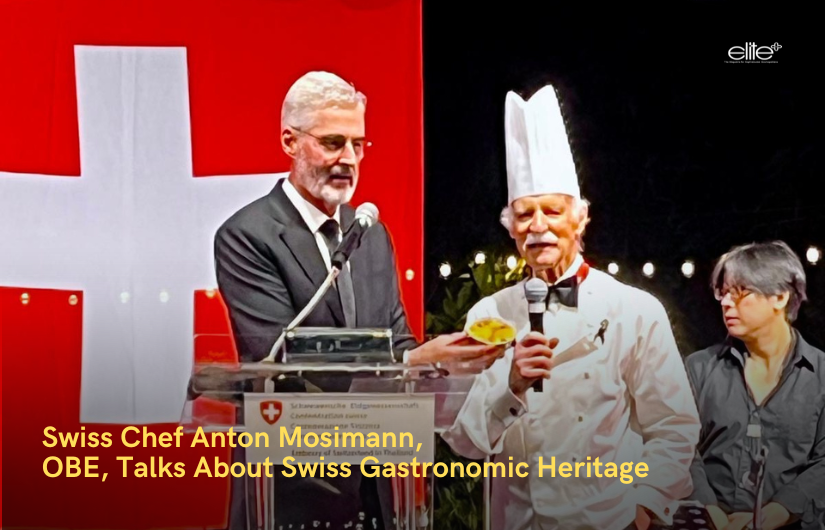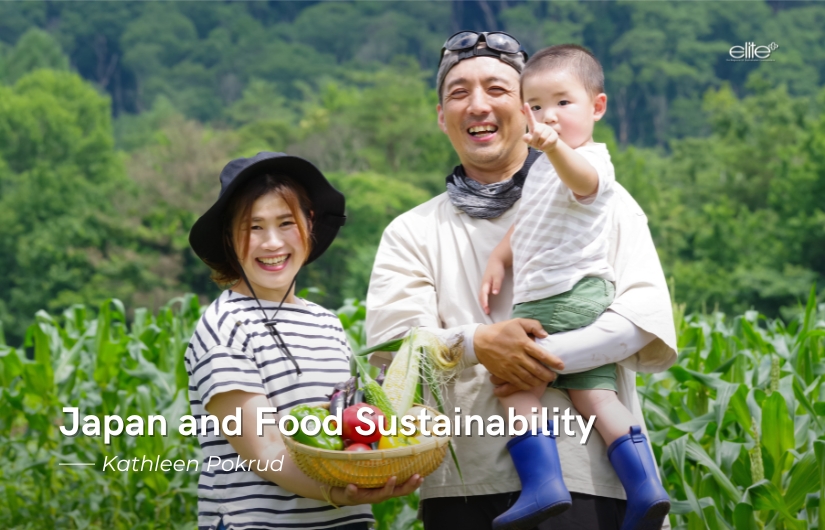India Culinary Story: Rich gastronomic sophistication with a promising future globally
By Kathleen Pokrud
Photos by Jenny Chan and Teresa Biesty
Food culture in India has a dynamic and vibrant history. Being one of the first global economies with its ancient civilization as a centre of a vast network of sea and land trading routes, the culinary story of India has been influenced by its neighbours, religions and geography. I sat down with Madame Pragjna Singh from the Embassy of India to learn about the enchanting culinary story of her country.
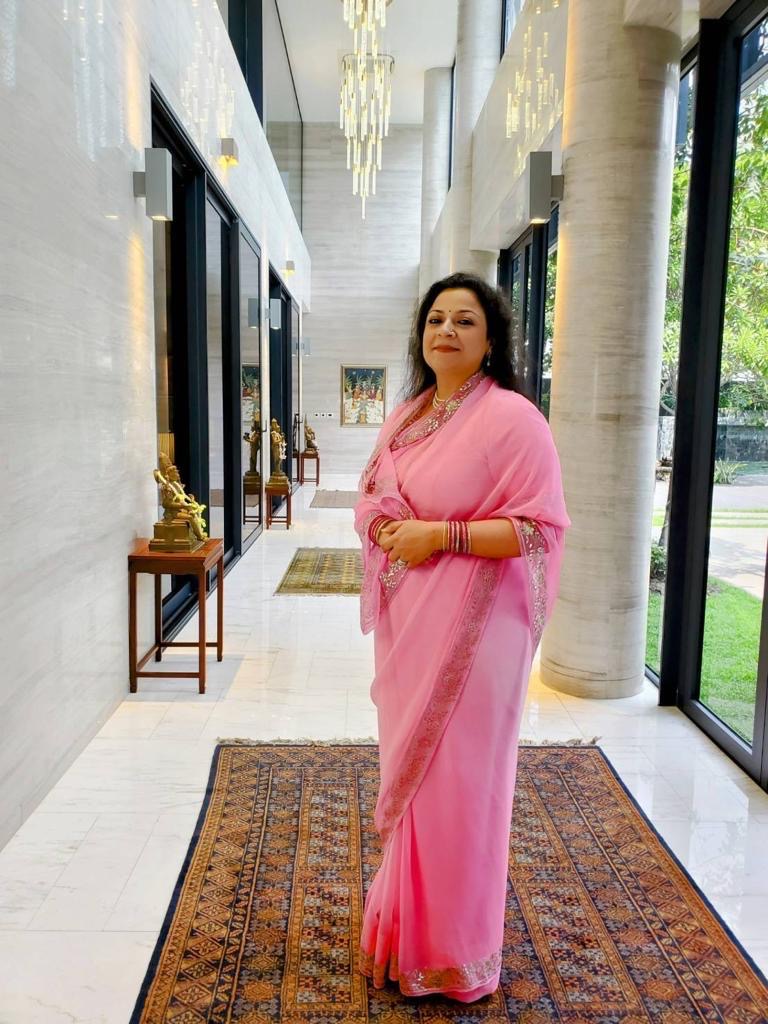
Madame Pragjna began with a quote by Jawaharlal Nehru, the first prime minister of India, “India was like some ancient palimpsest on which layer upon layer of thought and reverie had been inscribed, and yet no succeeding layer had completely hidden or erased what had been written previously.”
Madame Pragjna added, “The ancient Hindu concept of ahimsa, or non-violence, a rule of conduct that prohibits the killing or injury of living beings because violence entails negative karmic consequences, led some segments of the population to embrace vegetarianism. This practice gained more popularity following the advent of Buddhism and Jainism where a variety of fruits, vegetables and grains could easily be grown throughout the year.
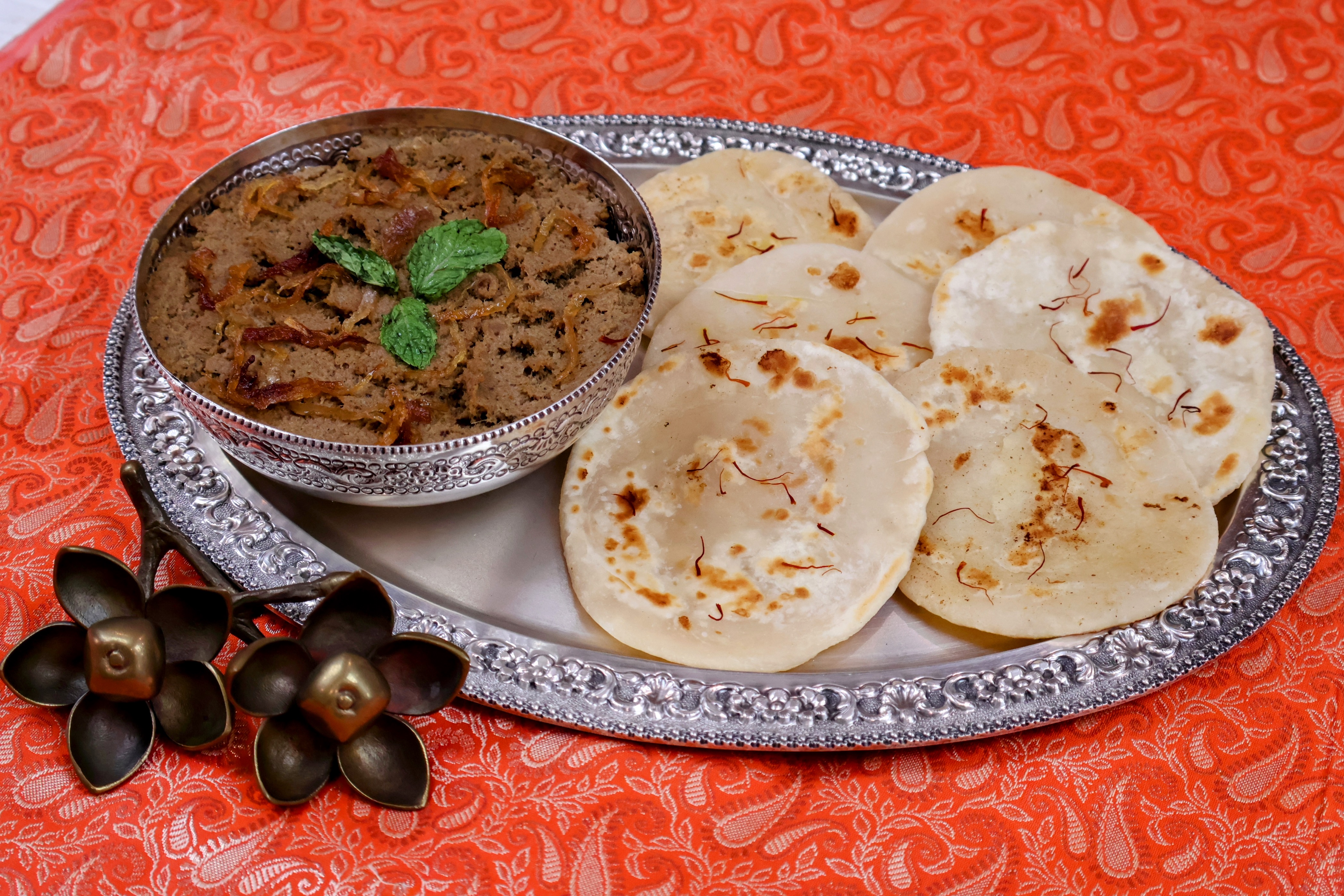
‘Patili Kabab’ or goat mince kabab lightly smoked and cooked with mild spices, served with ‘Sheermal’, a sweet bread infused with screwpine essence.
“Tradition like Ayurveda categorise every item as saatvik (pure), raajsik (active and passionate) or taamsik (heavy, dull, slow) developed over time, believing that each food is deemed to have a powerful effect on the body and the mind.”
Empirical evidence shows that Indian food, besides that of the Chinese, is perhaps the most omnipresent and preferred cuisine globally. Indian restaurants are in every part of the world. Bangkok boasts several hundred Indian restaurants, some even Michelin star rated.
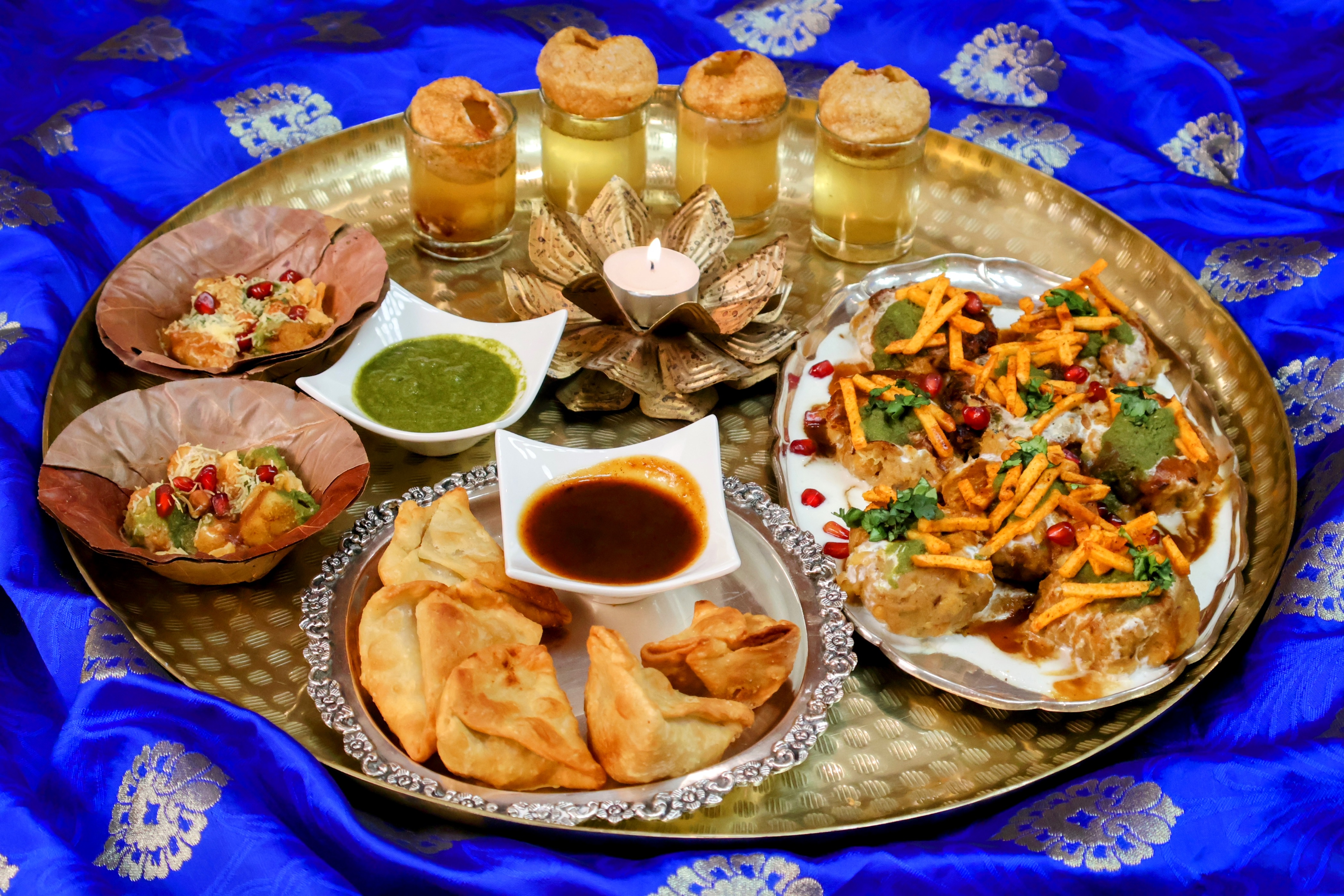
An array of popular street food - from left to right - samosas , matar ki chaat , pani puri, papdi chaat.
Madame Pragjna proudly highlighted the overwhelming blending and utilization of spices. “A traditional Indian meal follows a pattern of no starters with dishes not served in courses, but appearing on the table in small bowls, or katoris, arranged in a thali – a round large plate or plantain leaf along with staples, bread and rice. Snacks are enjoyed alongside the main dishes. Main dishes will have a form of dal, or lentils; a seasonal vegetable and yogurt for vegetarians while for non-vegetarians, chicken or goat preparations will be included along with accompaniments such as pickles, chutneys and papad. Desserts are also served at the same time. The guiding principle of Indian meals is that they should be appropriate for the season and occasion.”
Throughout the history of India’s culinary story, many factors play their important parts. They include the influences of vast geographical areas and contrasting climate; foreign cultures such as Portuguese, Syrian Catholics, Jewish and Hakka Chinese; Central Asians and pilgrims; the religions of Hinduism, Buddhism, Islam, Christian, Sikh and Jain; and belief in Ayurveda, a traditional system of healing.
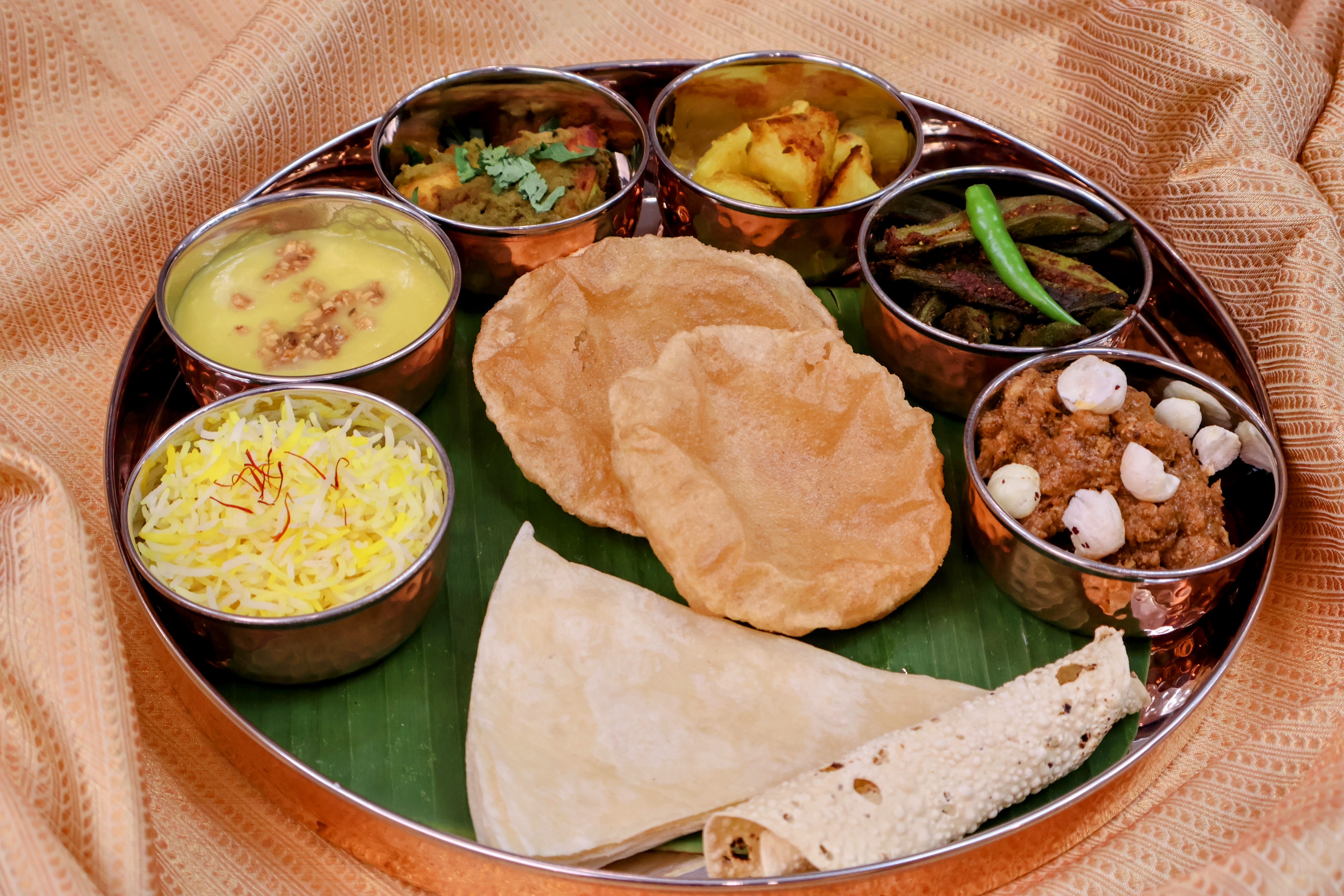
Left to right- A thali with saffron rice , ‘Lahsuni Dal’ or lentils infused with turmeric and garlic, ‘Dum ki Machli’ or fish cooked using the ‘dum’ method, ‘Aloo’ or potatoes with fenugreek seeds and turmeric, ‘Bharwan Bhindi’ or okra stuffed with a special blend of spices, ‘Chicken Korma’ or the traditional chicken curry from Awadh
When asked about regional differences, Madame Pragjna explained, “India is a vast subcontinent. It has 28 states and eight union territories, all with their own unique cooking and gastronomic traditions. There are roughly 10 food regions, but these have blurred boundaries due to shared techniques and tastes. They are Kashmir in the north, Awadh from Uttar Pradesh in Central India and Tamil Nadu from the south. The other regions are Punjab, Rajasthan, Agra and Delhi, Kerala, Bengal, Hyderabad, Kerala, The Western Coast, Tribal Food, Trans Himalayan Region (Ladakh), the North and Northeast.
Kashmir, nestled in a valley in the north, is famous for its special banquet called wazwan, which has as many as 36 courses; today, though, 20 course meals are more usual. The feast reflects a blend of Persian, central Asian, Afghan and Punjabi culinary influences and two main cooking styles, Hindu and Muslim.
Awadh is a region in modern day Uttar Pradesh that was governed in the imperial period by the loyal representatives of the Mughal emperors (called nawabs). There is no match to the splendour of an Awadhi spread. Lucknow is famous for its dum pukht (slow oven) - the art of steam slowly cooking food in a clay pot. What really stands out in Awadhi food is the subtle use of spices and fragrant water.
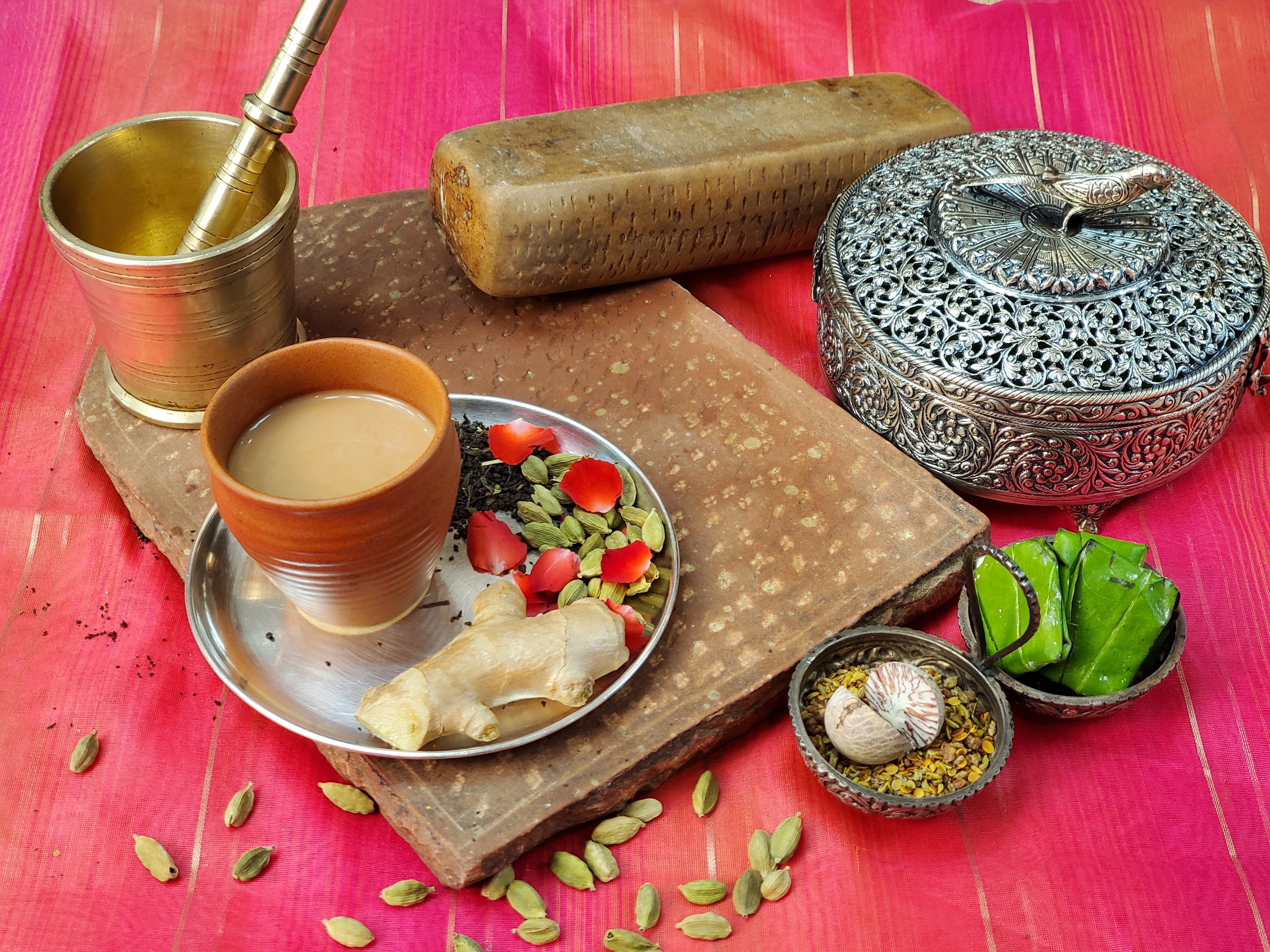
A traditional grinding stone. A pestle and mortar . The popular Masala Chai served in the traditional ‘kulhad’ or cup.
Tamil Nadu is the homeland of the Tamils, the oldest Indian civilisation. People from Tamil Nadu incorporate millets in their daily diet since generations. Millets like, finger millet, sorgum, fox tail millets, etc. A common meal is one eaten on plantain leaves with rice, vegetables, curd, slices of pickles, chutney made from coconut, rasam (tangy soup), idlis (fermented and steamed rice cakes) and sambhar (a tamarind flavoured dal).”
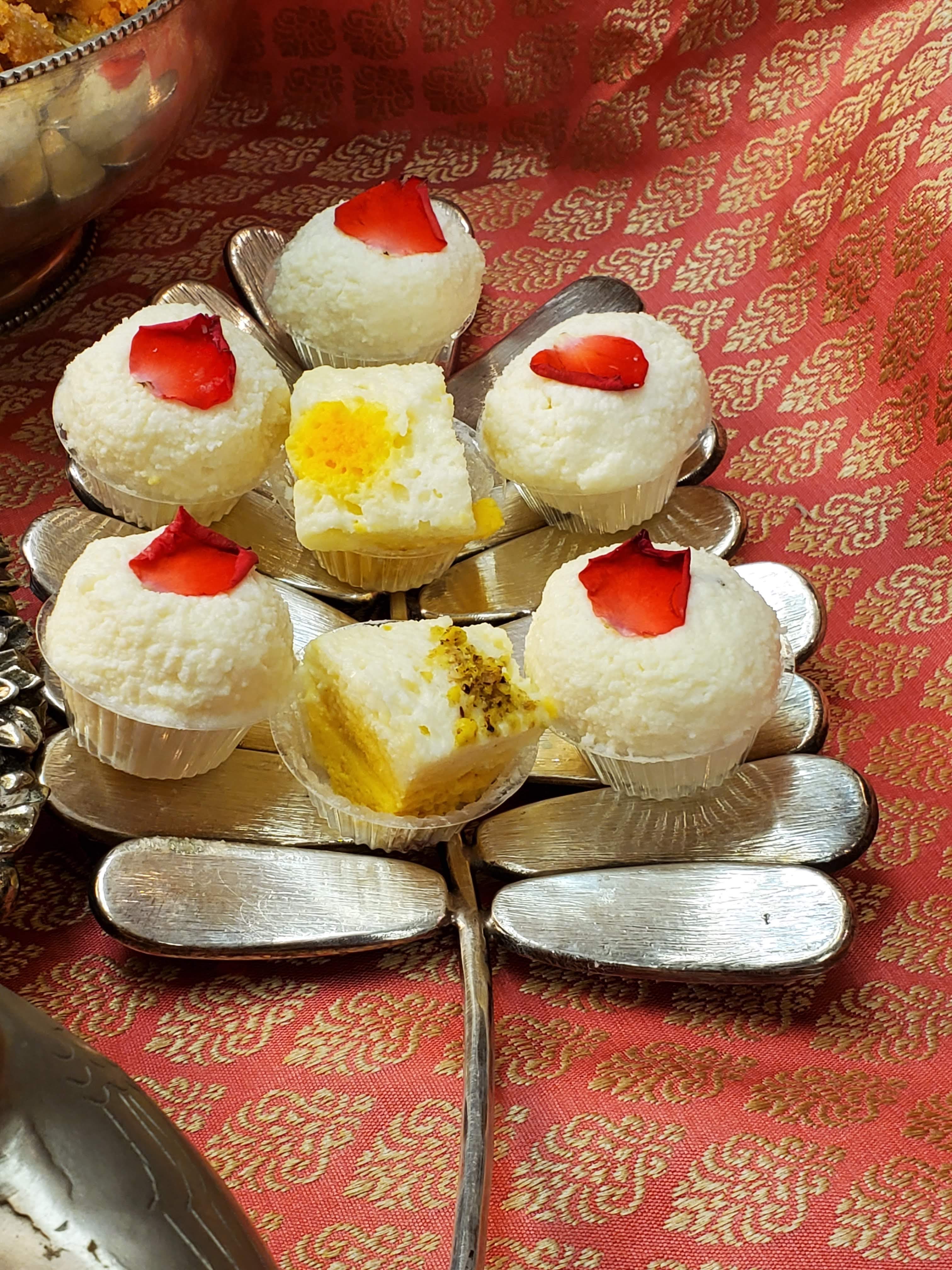
Sweets also known as ‘Mithai’.
Madame Pragjna next named some key dishes, “Biryani, butter chicken, tikka (non-vegetarian and vegetarian), jalebis, gulab jamun, idli and dosas, vada pav, chaat, naan, samosas, dal makhani and vindaloo.”
Given India’s long history, Madame Pragjna agreed that Indian cuisine has changed over the years. “Cooking methods have evolved from simple to highly sophisticated. At the same time, presentations of dishes have become more elaborate and stylish. In addition to traditional restaurants, food is widely available through applications and cloud kitchens. Modern Indians have adopted our cuisines as an expression of cultural identity and heritage. With the wide availability of convenience foods, home-prepared meals are becoming more simplified. New trends of Indian fusion food with sustainable roots are constantly evolving to meet the growing demand of the people. One good example is Indian dishes now served in restaurants as courses.”
One ingredient that is used in Indian kitchens regularly is ghee
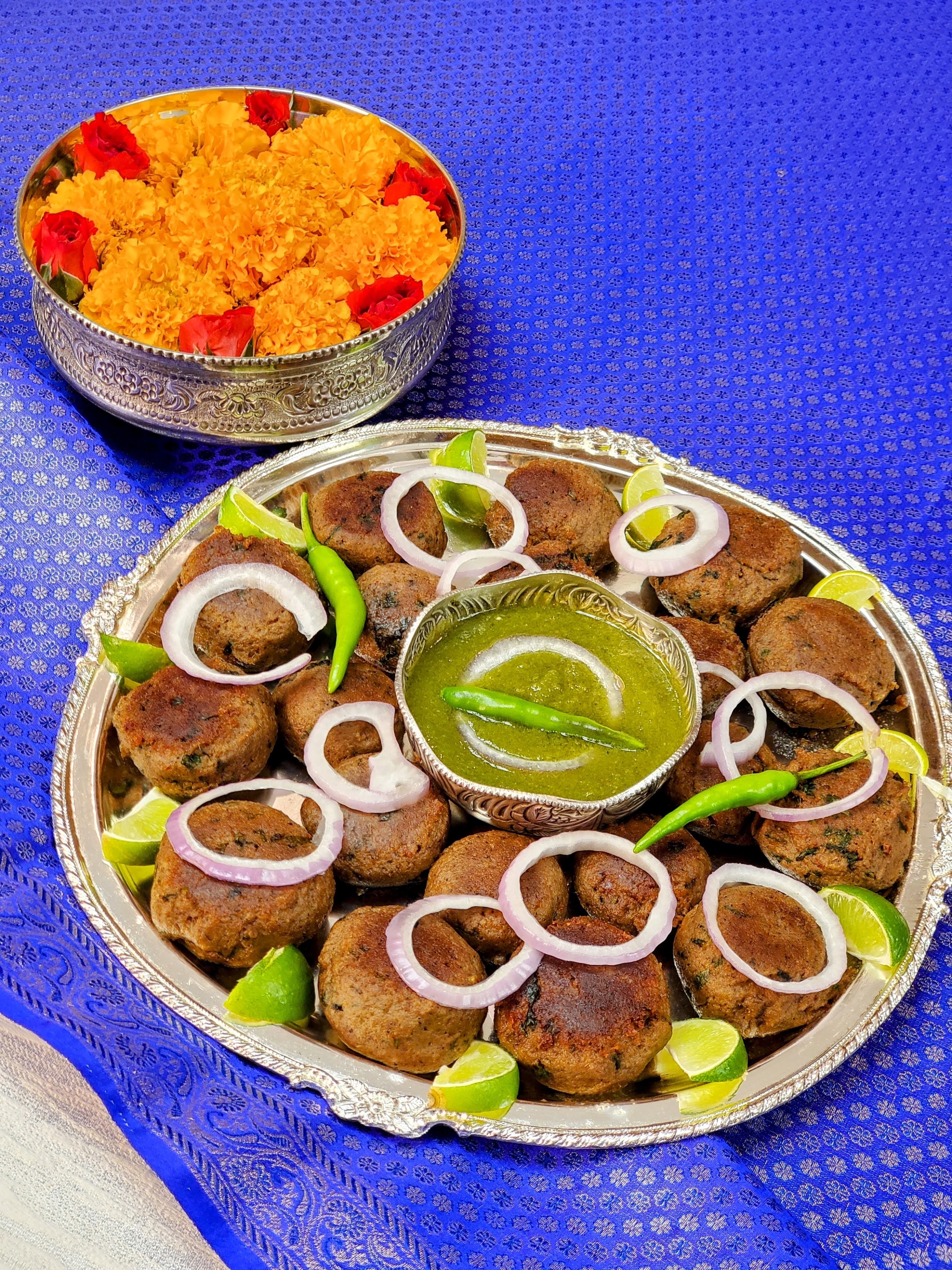
Mutton mince patties or ‘Shaami Kababs’.
Madame Pragjna accentuated, “Ghee is essential to Hindu religious ceremonies. It originated in India, where the heat was not conducive to storing butter for long periods. For thousands of years, ghee has been featured in Indian recipes and even in Hindu mythology, which attributes its origins to the divine. The story goes that Prajapati, Lord of creatures, rubbed his hands together to create the first ghee, which he then poured into flames to create his offspring. As a result, ghee is poured into sacred fires by Hindus. It is also extensively consumed as part of a balanced diet. Ancient Sanskrit literature describes ghee as fit for the gods. Ghee has been venerated through the ages for its medicinal properties in Ayurvedic medicine, which prescribes it as a cooling food, a digestive aid or to soothe burns. Ghee is high in butyrate, which reduces inflammation in the body, and rich in vitamin A. It serves as a perfect alternative for people with lactose intolerance.”
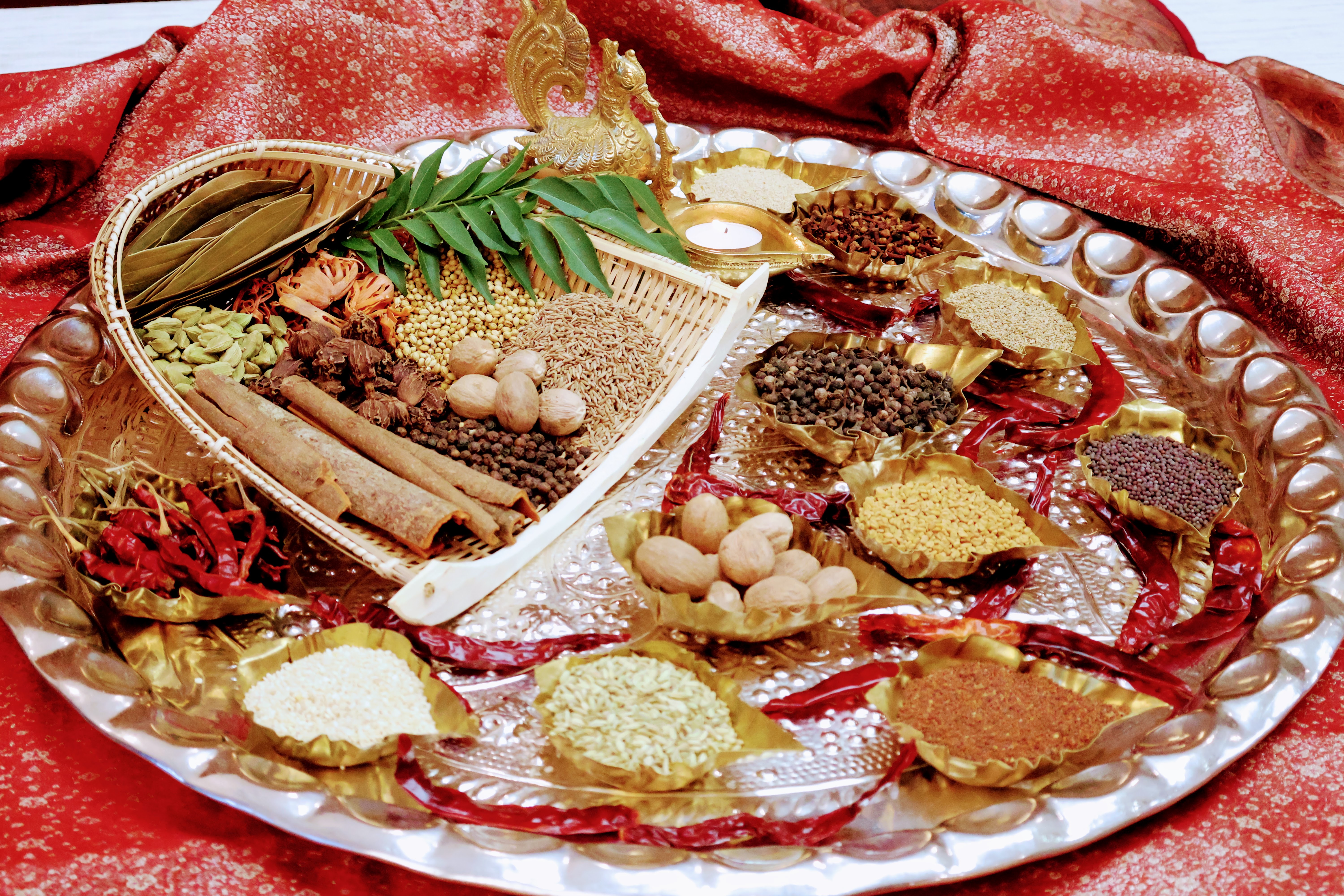
As our interview drew to a close, Madame Pragjna highlighted that 2023 was the International Year of Millets. “Millets are called "Shree Anna", which translates to "the honoured grain" or "the mother of all grains". These are drought resistant small-seeded, drought-resistant cereal crops that are grown for their edible seeds. These crops are known for their ability to grow in harsh conditions, have high nutritional value, but their low environmental impact makes them a highly sustainable food source. India is the largest producer and exporter of millets. Many varieties are cultivated.”
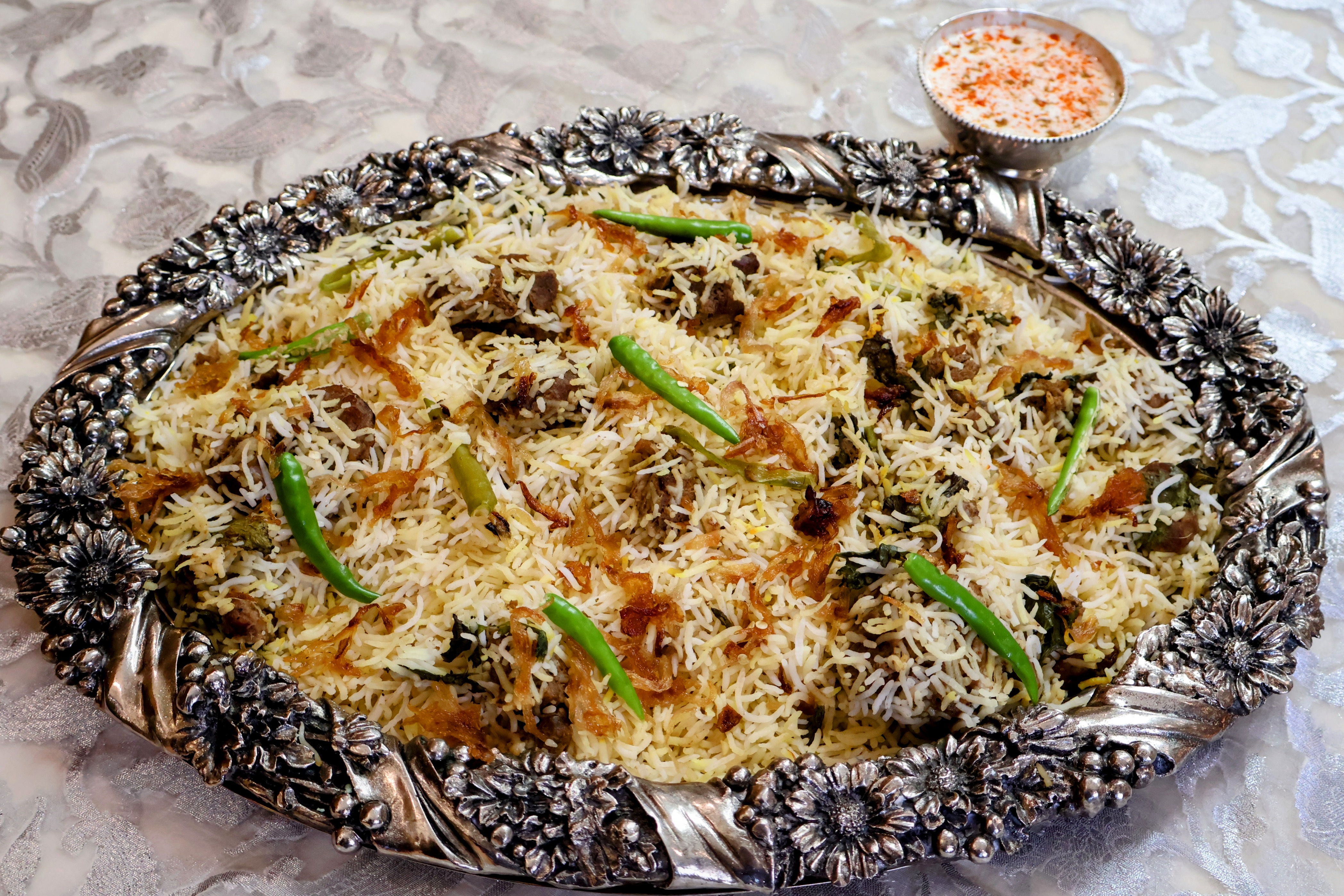
The popular Goat Biryani - rice and lamb are cooked together in layers.
With Indian cuisine’s blend of sophistication and diverse characteristics accumulated throughout its rich history, Madame Pragjna concluded, “Indian cuisine will continue to evolve with our culinary chefs all over the world taking risks and testing new boundaries in terms of taste and presentation, yet still satisfying traditional tastes that evoke nostalgia for our rich cultural heritage.”
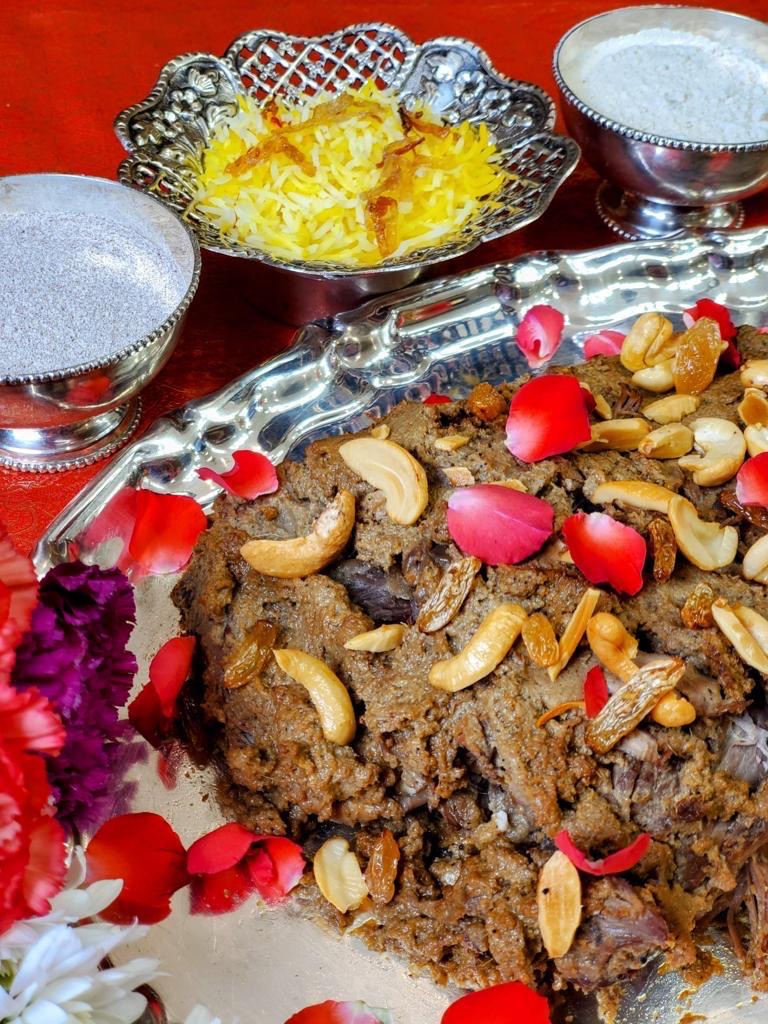
‘Raan Musallam’- whole leg of goat, marinated in a unique blend of spices and cooked on a low flame till tender.


